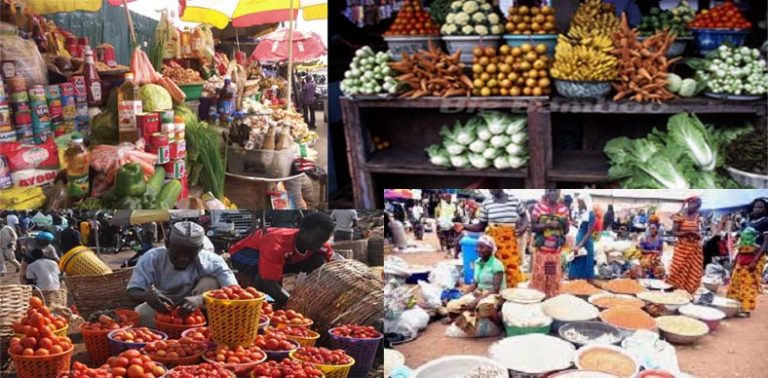Amid the free fall of the naira to the United States dollar, traders who deal in grains have devised a way to sell their wares to neighbouring countries for higher profits.
Many of them, who spoke to our correspondents, claimed that they preferred to sell their wares to the countries because they had stronger currencies compared to the naira.
This, several experts have said, may lead to hoarding and an artificial grain scarcity and can cause the price of the goods to further head north, thereby leading to a food crisis if nothing is done about it.
This is coming at a time when the country is battling severe hunger, as the prices of staples have increased by over 300 per cent.
The country is also witnessing the highest inflation in 28 years, with the food inflation rate in January hitting 35.41 per cent.
Nigeria’s annual inflation rate rose to 29.90 per cent in the same month from 28.92 per cent in December 2023, according to official figures from the National Bureau of Statistics.
For instance, a bag of long grain rice now sells for almost N80,000 as against N45,000, which it sold for in December 2023. A crate of eggs now sells for almost N5,000; in December, it sold for N2,700.
Several other food items have also seen an astronomical increase in prices owing to several market forces, chief of which is the free fall of the naira.
As of Thursday, the naira fell to a new record low, selling for 1,851 to a dollar in intra-day trading compared with around 1,800 quoted in street trading, FMDQ Exchange data showed on Friday.
It, however, recovered later in the day to close around N1,571 to the dollar, according to the FMDQ data.
There have also been cases of traders accused of hoarding food items for transfer to neighbouring countries like Cameroon, Chad, and Niger Republic, among others.
This is not unconnected to the fact that the currency used by these West African countries has strengthened against the naira in recent years.
For instance, in Borno, Niger, Adamawa, Katsina, Sokoto and several other northern states, grain farmers and traders told the newsmen that they preferred to sell their goods in the neighbouring countries and earn CFA franc instead of selling in Nigeria and earning naira.
Several sources also told that the draining of Nigeria’s grains to neighbouring Niger had almost tripled over the last couple of months in a trans-border trade upheaval.
The CFA franc stands for the West African CFA franc and the Central African CFA franc, two currencies which though different, are interchangeable and have a fixed exchange rate to the euro.
The Central African CFA is the official currency of six countries under the Central African Economic and Monetary Union and is symbolised by the abbreviation XAF in currency markets.
The countries are Cameroon, Central African Republic, Chad, Republic of the Congo, Equatorial Guinea, and Gabon.
On the other hand, the West African CFA franc is the official currency of eight member nations under the West African Economic and Monetary Union consisting of Benin, Burkina Faso, Côte D’Ivoire, Guinea-Bissau, Mali, Niger, Senegal, and Togo.
END.

